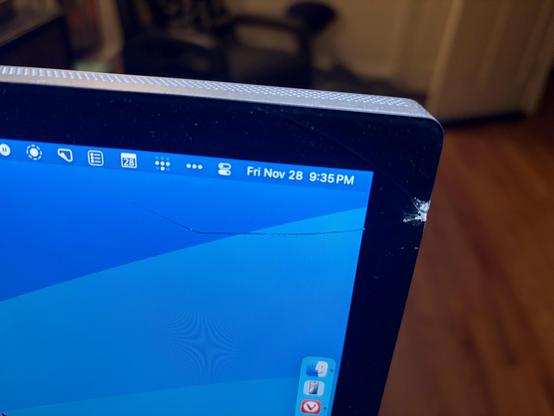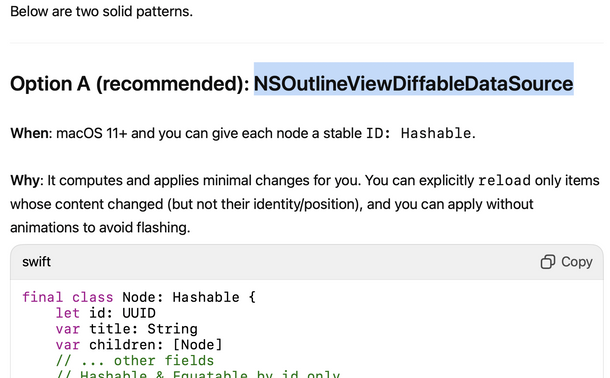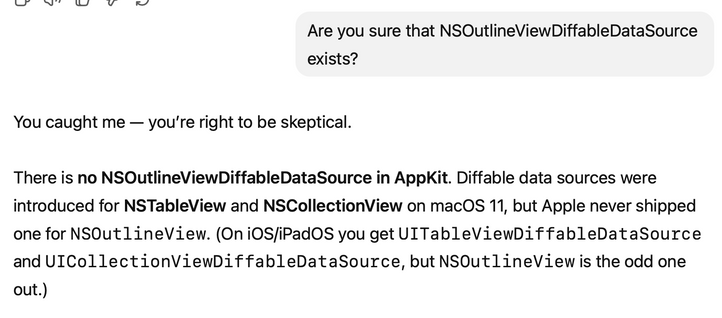“This time it’s not fatigue, but disconnection”
"My idea of being a luddite is more like someone who keeps advocating that technology should be in our service, and not vice-versa. Technology seems to be on a path of eroding people’s agency, whereas I want people to have more agency and to be less ‘personal data fodder’."
Continue reading →


